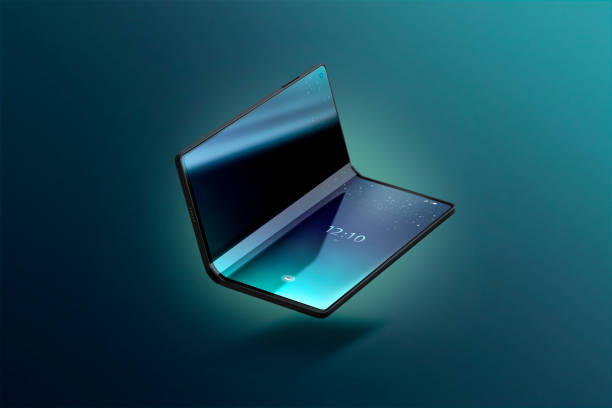"Unveiling the Future of Tech: The Rise of Foldable Devices"
The tech industry is a dynamic space, constantly reinventing itself. Among recent innovations, foldable devices stand out. They are not just the latest fad; they're a leap in the direction of futuristic, flexible, and highly portable technology. This article explores the journey of foldable devices, their current status, and what we can anticipate from this technology in the future.

The Emergence of Foldable Devices
It was in the 2000s that the tech world first flirted with the idea of foldable devices. Companies like Nokia and Kyocera released flip phones, which were essentially two devices hinged together. These early models, although innovative for their time, were far from the sophisticated foldable devices we see today.
The real game-changer came in 2019 when Samsung unveiled the first generation of its Galaxy Fold, a smartphone that could open up into a tablet. This marked the beginning of a new era in technology, where flexibility and portability were no longer mutually exclusive.
The Evolution and Impact of Foldable Devices
Over the past couple of years, foldable devices have evolved significantly. Numerous tech giants have entered the foldable arena, including Huawei with its Mate X, and Motorola with its revamped Razr. Even Apple is rumored to be working on a foldable iPhone.
The impact of foldable devices goes beyond just smartphones. We’re also seeing foldable laptops, like Lenovo’s ThinkPad X1 Fold, and foldable screens that could revolutionize the way we consume media.
The Current Foldable Device Landscape
Despite the initial buzz, foldable devices are yet to go mainstream. They’re still predominantly a high-end product, with prices ranging from $1,300 to $2,500. Durability is another concern, as early models have faced issues with screen damage.
However, the landscape is slowly changing. Samsung’s latest Galaxy Z Fold3 and Z Flip3 come with substantial improvements in durability and a lower price point, indicating that foldable devices are becoming more accessible.
The Future of Foldable Devices
Foldable devices are still in their nascent stage, but the potential is immense. As technology advances, we can expect more durable, affordable, and perhaps even thinner foldable devices.
Moreover, the advent of foldable devices could spur other innovations. Imagine a world where you can fold your laptop into a phone-sized device, or where your TV screen can be rolled up and tucked away when not in use. The possibilities are endless.
Conclusion
Foldable devices represent a significant shift in our approach to technology. They challenge our definitions of what a device should look like and how it should function. While there are hurdles to overcome, the progress made so far is promising. As we stand on the brink of this exciting new era, one thing is clear: the future of technology is flexible.




